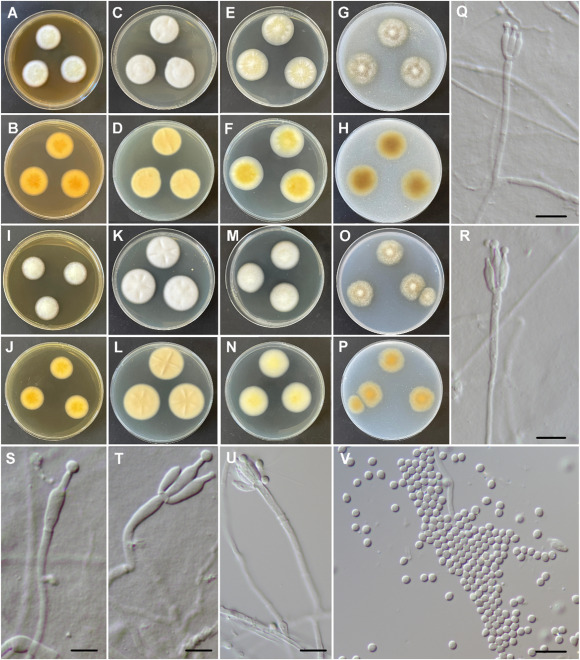
The study examined the diversity and temporal succession of lignicolous fungi on Pinus pinaster and Fagus sylvatica blocks submerged for six months in the estuary Ria de Aveiro (Portugal). A total of 251 fungal isolates were obtained, belonging to 29 genera, with Penicillium (an early pioneer) and the typically marine genera Lulworthia and Paralulworthia standing out, the latter becoming dominant at later stages. The type of wood influenced the composition of the fungal community: Lulworthia favoured beech, whereas Paralulworthia mainly colonised pine. Multilocus phylogenetic analysis enabled the first description of Penicillium alavariense sp. nov., a likely facultative marine coloniser, expanding the known diversity of the genus. This discovery, combined with evidence of dynamic succession and substrate specificity, underscores the importance of estuarine ecosystems as reservoirs of biodiversity and potential sources of lignocellulolytic enzymes and bioactive metabolites with biotechnological applications.
Read the article: here.
Picture Credit: Penicillium alavariense A. Abreu, M. Gonçalves, A. Esteves & A. Alves, sp. nov. Fig. 6.

